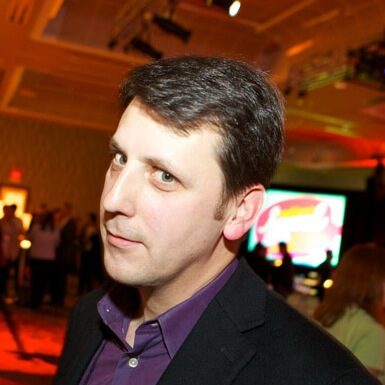I’m a big user of Twitter – as many of you know, since the main traffic driver for this blog is Twitter – but I have probably not blogged about it so much lately– I have mentioned it and surrounding issues a bit, sure, but not about why and how I use Twitter. I figured it was time to put down a few notes on my Twitter use, if only for reference.
Here’s a quick rundown of a few points, in no particular order. As more issues come to me, I’ll likely do other posts. Feel free to add your own perspectives in the comments:
– I don’t think Twitter is “mainstream” yet, but may get there. However, it is mainstream for many of my groups of people, particularly tech, marketing and public relations. It’s great for networking, finding answers, and getting information, whether it’s serendipitous or you find it.
– I follow almost everyone back. Why? I want to make as many possible touchpoints as I can. My “Friends” stream is huge now, but as Chris Brogan told me early on, you can’t read it all; you dip in, and dip out.
– I’m fiercely proud of getting into Twitter early (thanks again to Chris and others), and for becoming an active user prior to the 2007 SXSW Interactive conference in 2007, where it first broke out big. Call that vain and arrogant, but I like being an “early adopter” for once.
– I put my Twitter feed into Facebook. I considered it might confuse people (it occasionally does), and that the volume might be off-putting (no complaints yet). What I do find, is that the different crowd on Facebook actually responds regularly to these messages, giving another channel to conversations with a whole new group of people.
– Some people will argue, but I love live-tweeting of events and conferences. I write this as President Obama addresses congress for the first time, and watch thousands of Tweets go by (And ABC News, among others, relying heavily on Twitter feedback makes me wonder if Twitter is indeed tipping to mainstream). But even tech conferences and marketing conferences-more of a niche- are made all the richer for live-Tweeting, whether I am doing it or watching it from afar.
– Does Twitter work for clients? Early on, I threw Twitter up on the wall during a messaging session and relayed live responses to questions about my client and its competitors. I took to doing this regularly for new business presentations as well.
– Last point- the mixing of personal and professional brands. Some people worry about people Tweeting under their own name but Tweeting on behalf of their business is confusing. Some people think Tweets under a brand name is too impersonal. I think both can work, and do. I do the former (pretty well, I think), as do many others (including my boss, Todd Defren). Companies like Comcast (I know, a too-often used example but still the best) deftly place the personal within the corporate.
Image below is a neat Twitter Mosaic, of a number of people I follow. I believe they are chronological in order of who i followed, up to the first 400. thanks to C.C. Chapman for the link.

I am unfortunately not an “early adopter”. Although I created my account about a year ago, I only started using Twitter in the past couple months. When I first started being active on Twitter, a fellow classmate and friend of mine, @laurenmichell, told me that twitter could be used for professional development and education as well as status updates. I started to follow PR professionals and students, journalists and news sources. I used hashtags like #pradvice, #entrypr, #journchat,and #collegejourn. Not before long, I was reading blog posts (like yours) and learning more about public relations than I believe I have learned in my four years of college education. Now, I forget that not every student is learning what I am from twitter, but they should; it is such a valuable resource.
Twitter Comment
Good blog post by @dough on how he uses twitter [link to post]
– Posted using Chat Catcher
Elizabeth, I signed up for Twitter but did not use it for four months- then I needed to be convinced it was not stupid (I mean dumb stupid as opposed to simple stupid).
Professional development, especially for communicators, is an excellent use for Twitter